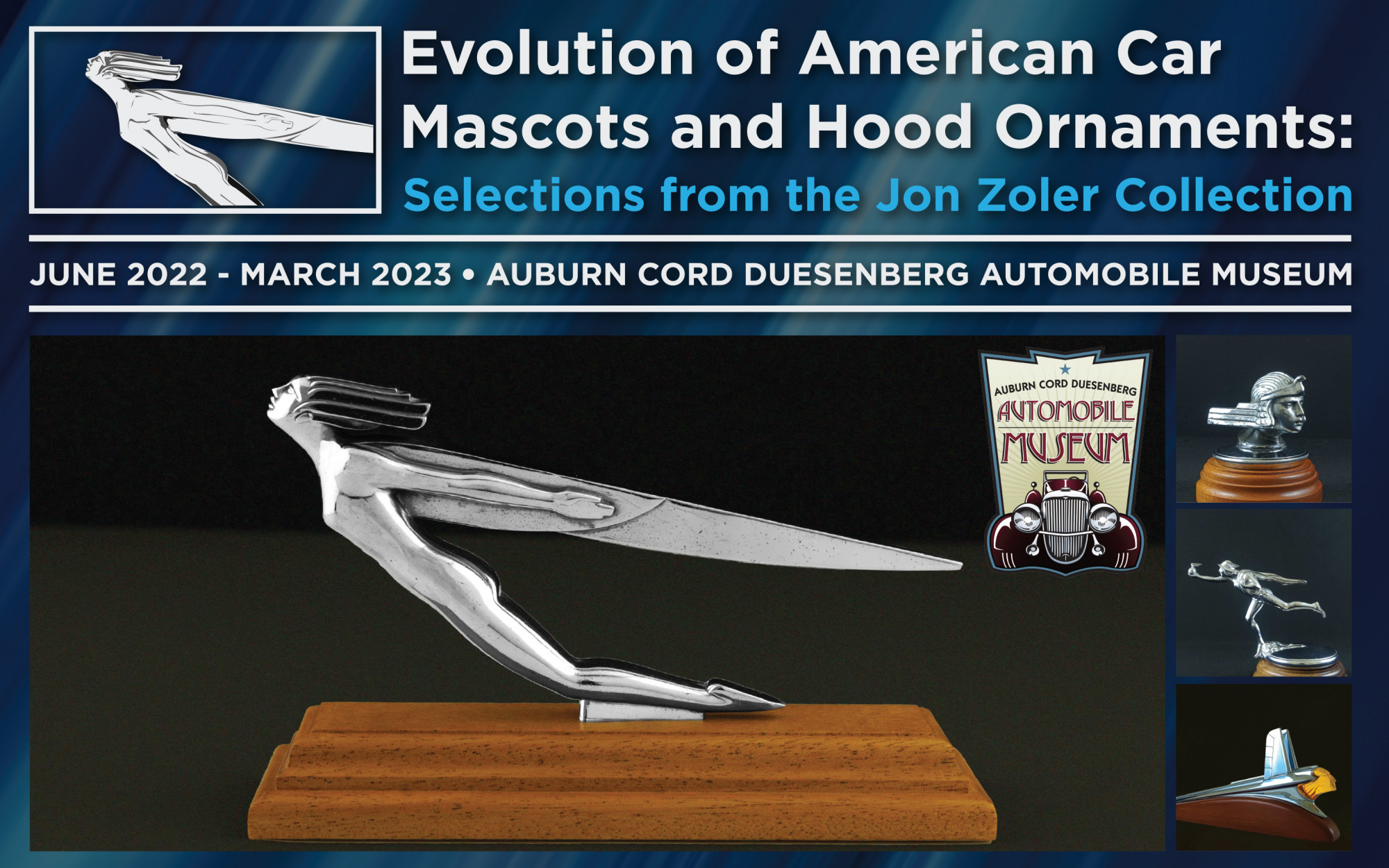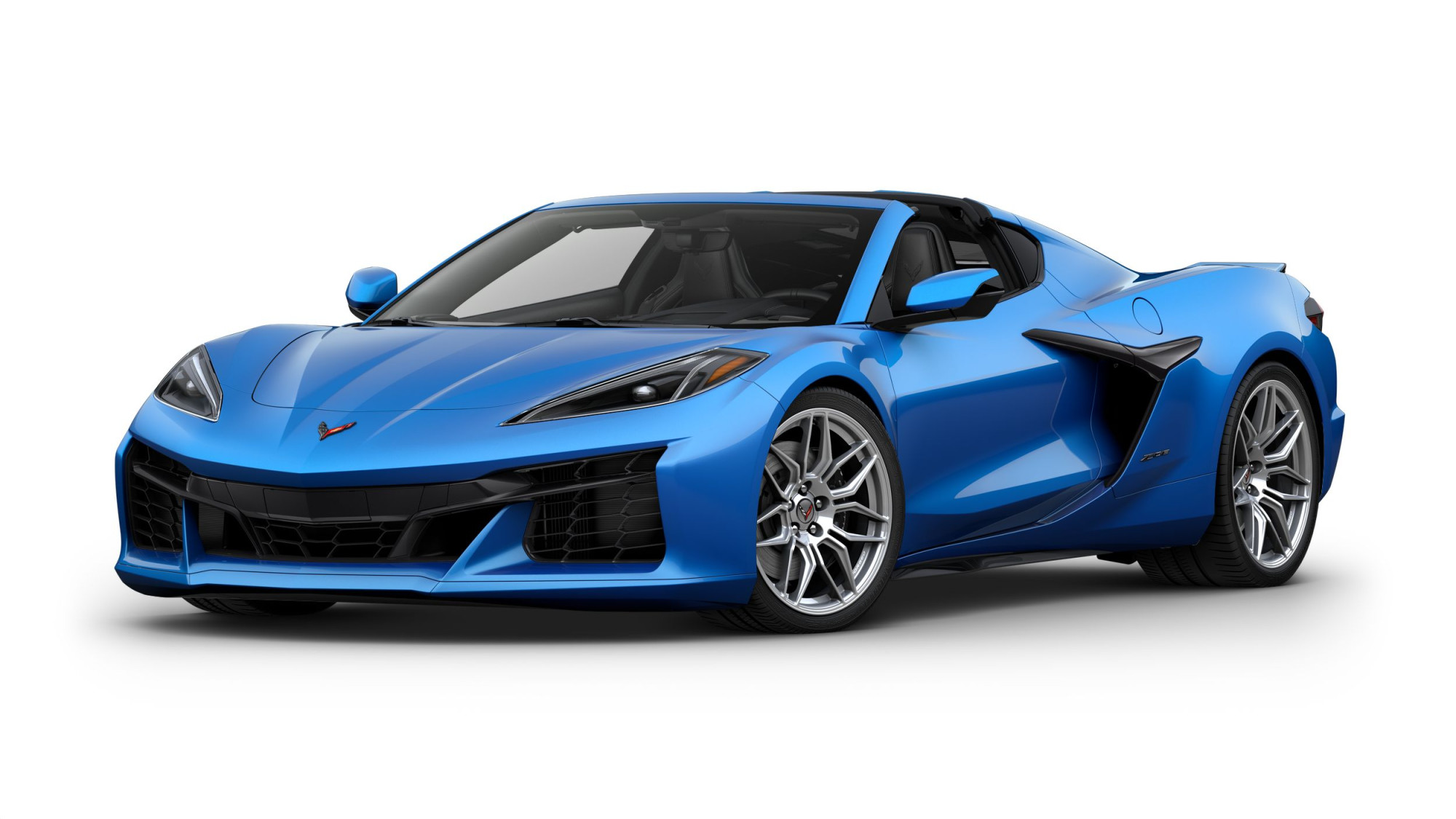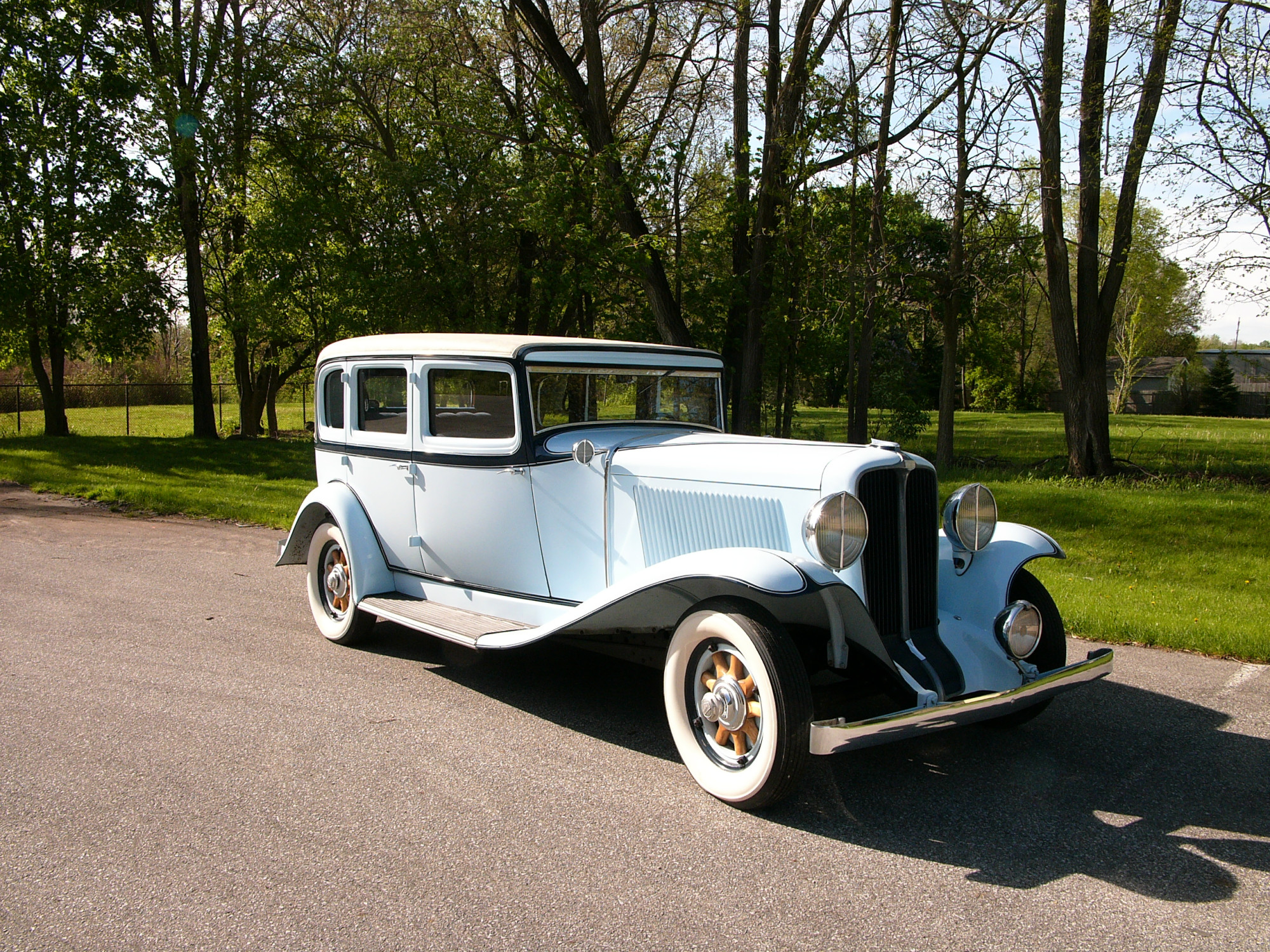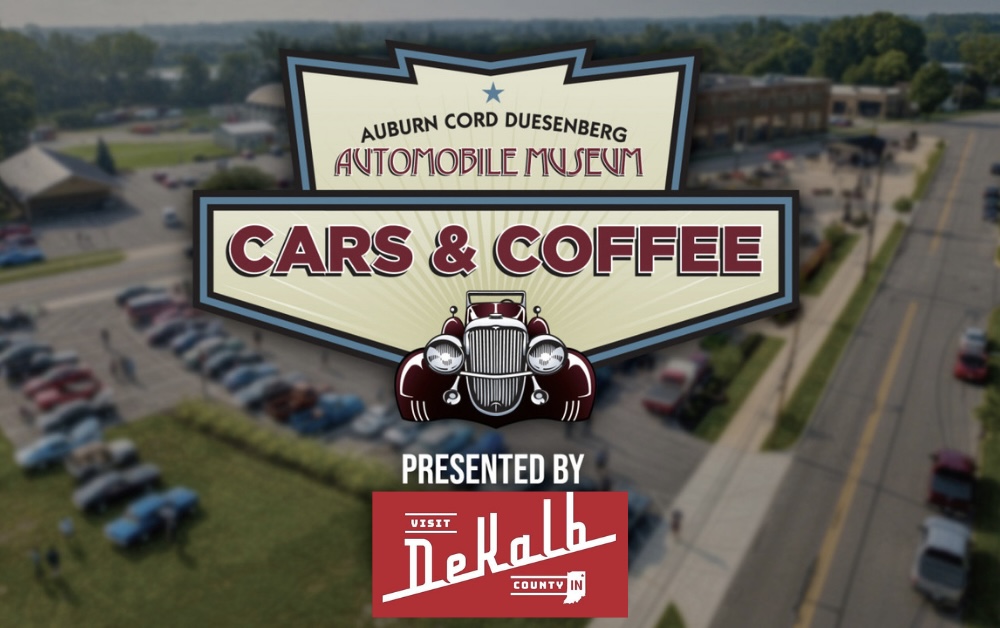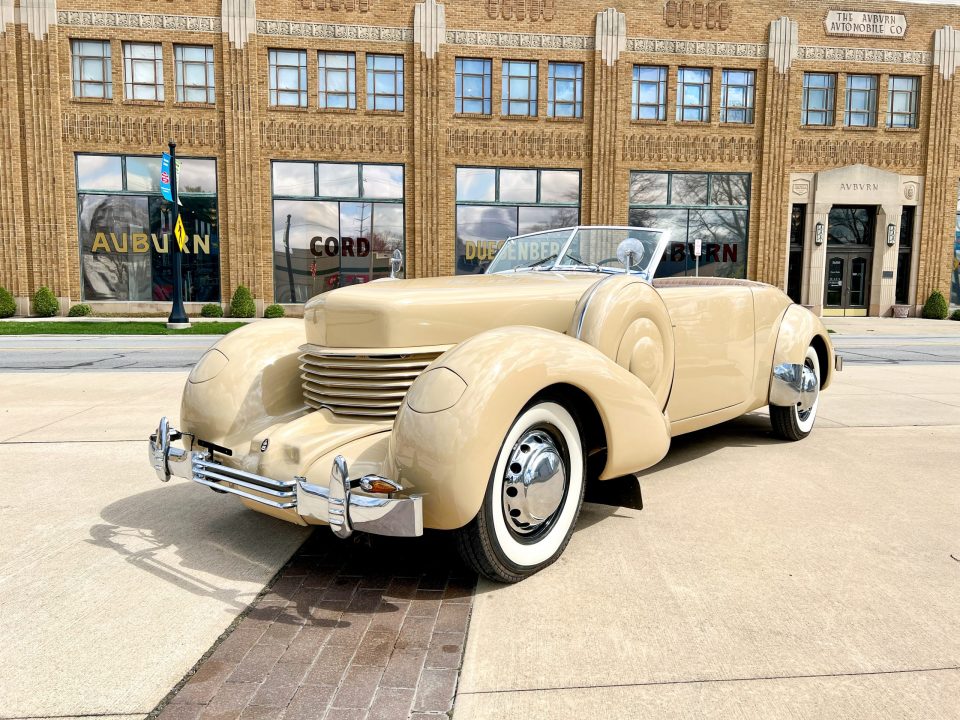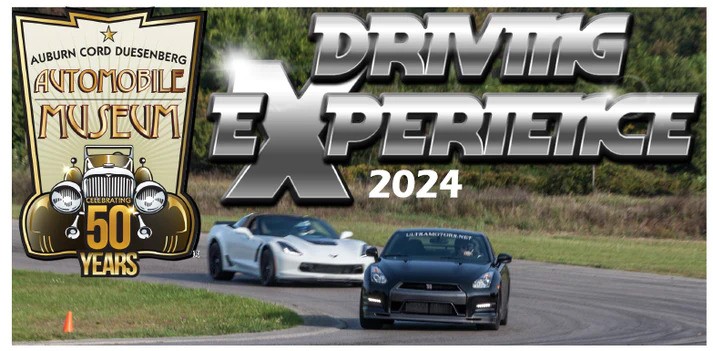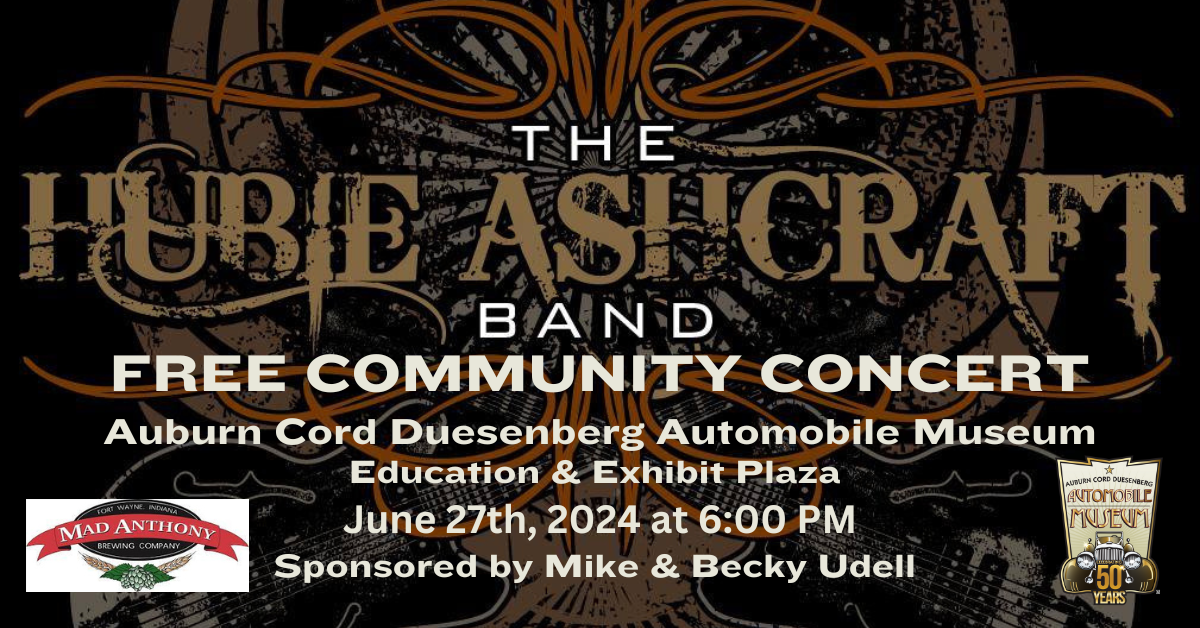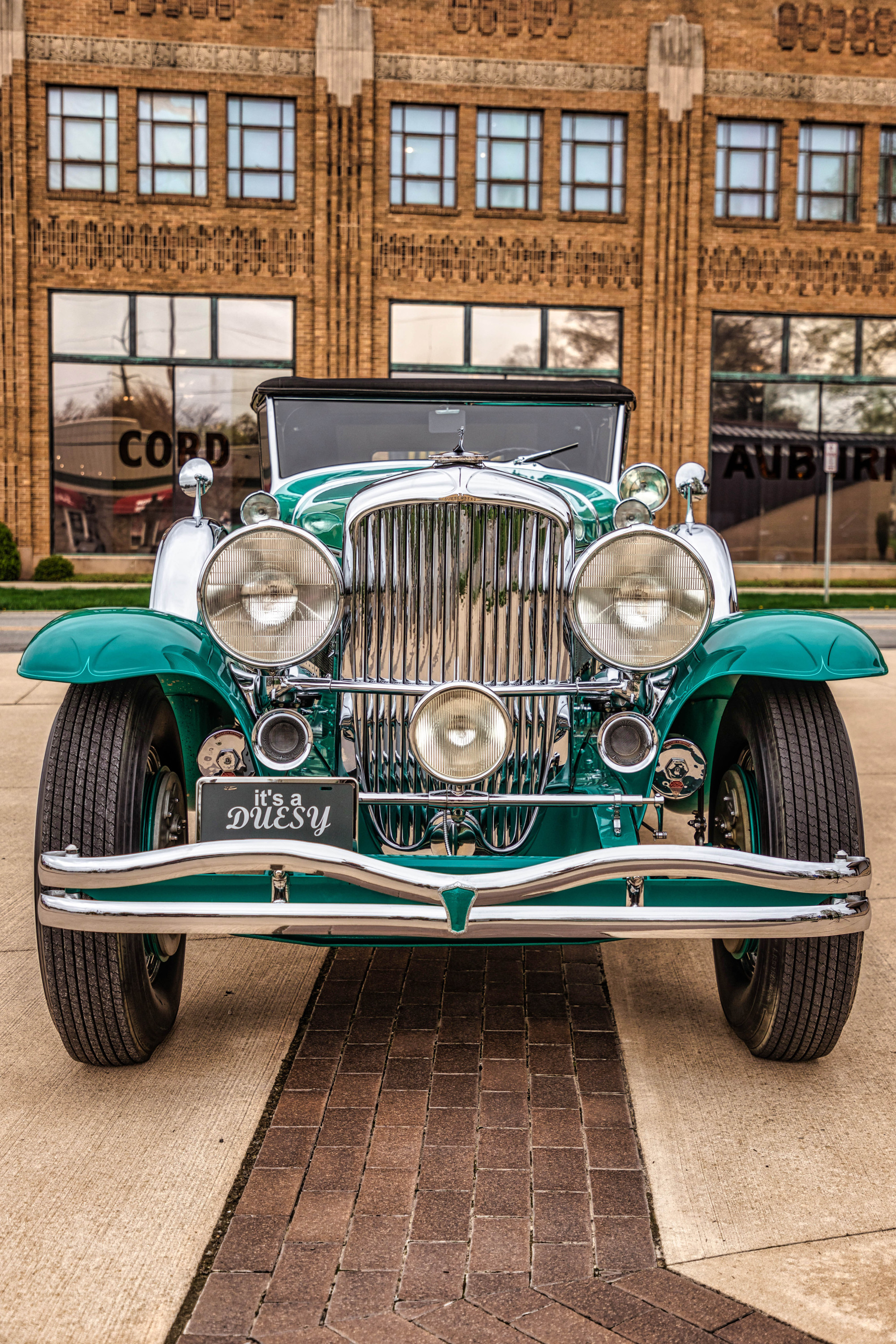Evolution of American Car Mascots and Hood Ornaments: Selections from the Jon Zoler Collection
Evolution of American Car Mascots and Hood Ornaments: Selections from the Jon Zoler Collection, runs from June 2022 to March 2023. This is the first of a two-part display. It features 150 specifically curated American car mascots and hood ornaments from 1911 to 1957 and will be displayed throughout the museum’s Company Showroom. Popularized in the 1920s and 30s, hood ornaments were seen by auto manufacturers as a means to bring marque uniqueness that highlighted and communicated the brand’s image. They served both an aesthetic and functional purpose. Marques include Auburn, Buick, Cadillac, Chevrolet, Cord, Duesenberg, LaSalle, Oldsmobile, Pontiac, Studebaker and others, as well as 16 accessory mascots. More information on the second part of the display will be forthcoming.
The Auburn Cord Duesenberg Automobile Museum is honored to exhibit these hood ornaments and car mascots from the Zoler Collection.
Today, very few automakers offer hood accessories, but for early motorists, they served as practical and decorative works of art. From 1905 to the early 1930s motorists relied on MotoMeters, a thermometer device mounted on the top of the radiator to monitor engine coolant temperature. Car manufacturers took the opportunity to market their brands and created mascots associated with certain makes and models. These mascots would accompany MotoMeters on the caps of car radiators until car body designs changed, placing the radiator under the hood. Mascots remained a fashionable accessory on top of the hood, but auto designers added chrome-plated strips and called them hood ornaments for a more modern look. Today the terms “car mascot” and “hood ornament” are used interchangeably.
Designs reflected the style of the time period. In the 1910s through the early 1920s, mascot figures were realistically depicted. With a desire for a more modern look, mascots became highly stylized under the influence of the Art Deco movement. Designers commonly used themes of women or goddesses, mythological men, and creatures; swift, graceful, or powerful animals and abstract streamlined shapes like rockets. In the 1960s hood ornaments started to be seen as safety hazards in collisions and were left out of designs in the effort to streamline car body styles. As you look at the evolution of these car mascots and hood ornaments consider how each one conveys the individual interests and passions of car owners.
Please contact Sam Grate, phone: (260) 925-1444, email: info@automobilemuseum.org or visit our website at: www.automobilemuseum.org for additional information.
